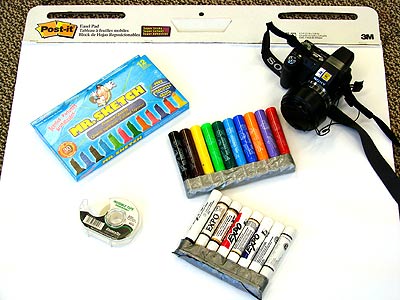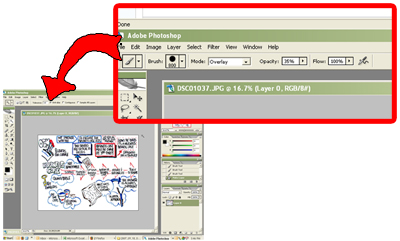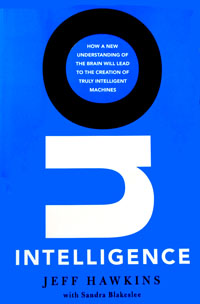An interesting article in the New York Times today about unconscious reactions to stimuli has a lot of connections with our work. The article talks about a number of fascinating studies which trace the effects of events as insignificant as being passed a hot or cold cup of coffee, which in the end have a measurable impact on people’s conscious impressions and behaviors.
All of this, of course, reinforces our concept that “the environment speaks”, but makes me consider a little more deeply what message our space sends. In some studies, competitiveness increased with the mere presence of a briefcase, versus a control group with a backpack in the room (think: dress code, toys, plants).
It also raises some questions on how “scribing” can be more “graphic facilitation”. The article suggests that even seeing the word “dependable” makes people more cooperative. Now, I’m not saying we write that all over the walls, but could scribes learn techniques like Appreciative Inquiry and incorporate it into their work in order to reinforce certain sentiments within a group?
What other unconscious factors have people seen at play in our sessions?




 I’ve been reading Jeff Hawkins’ book On Intelligence, and have been itching to put up a post about it…trouble is, that a quick review really wouldn’t do justice to all that’s in there and all the touchpoints the book has with our process.
I’ve been reading Jeff Hawkins’ book On Intelligence, and have been itching to put up a post about it…trouble is, that a quick review really wouldn’t do justice to all that’s in there and all the touchpoints the book has with our process. We were very fortunate to have Anthony Williams from New Paradigm, and co-author of Wikinomics, come to address the group this week.
We were very fortunate to have Anthony Williams from New Paradigm, and co-author of Wikinomics, come to address the group this week.